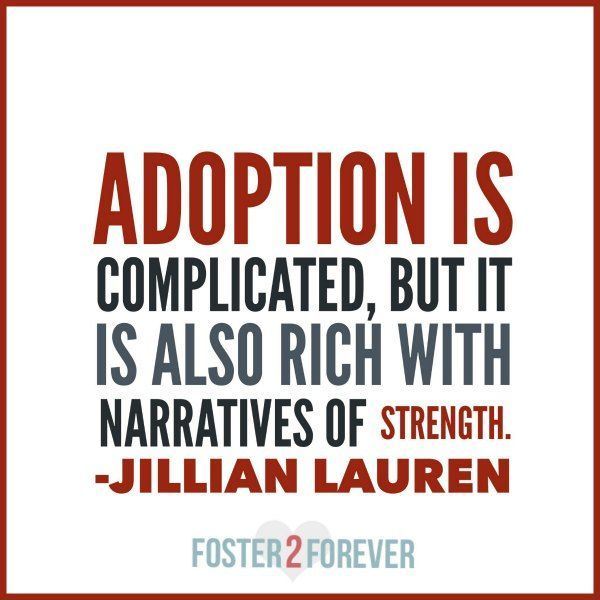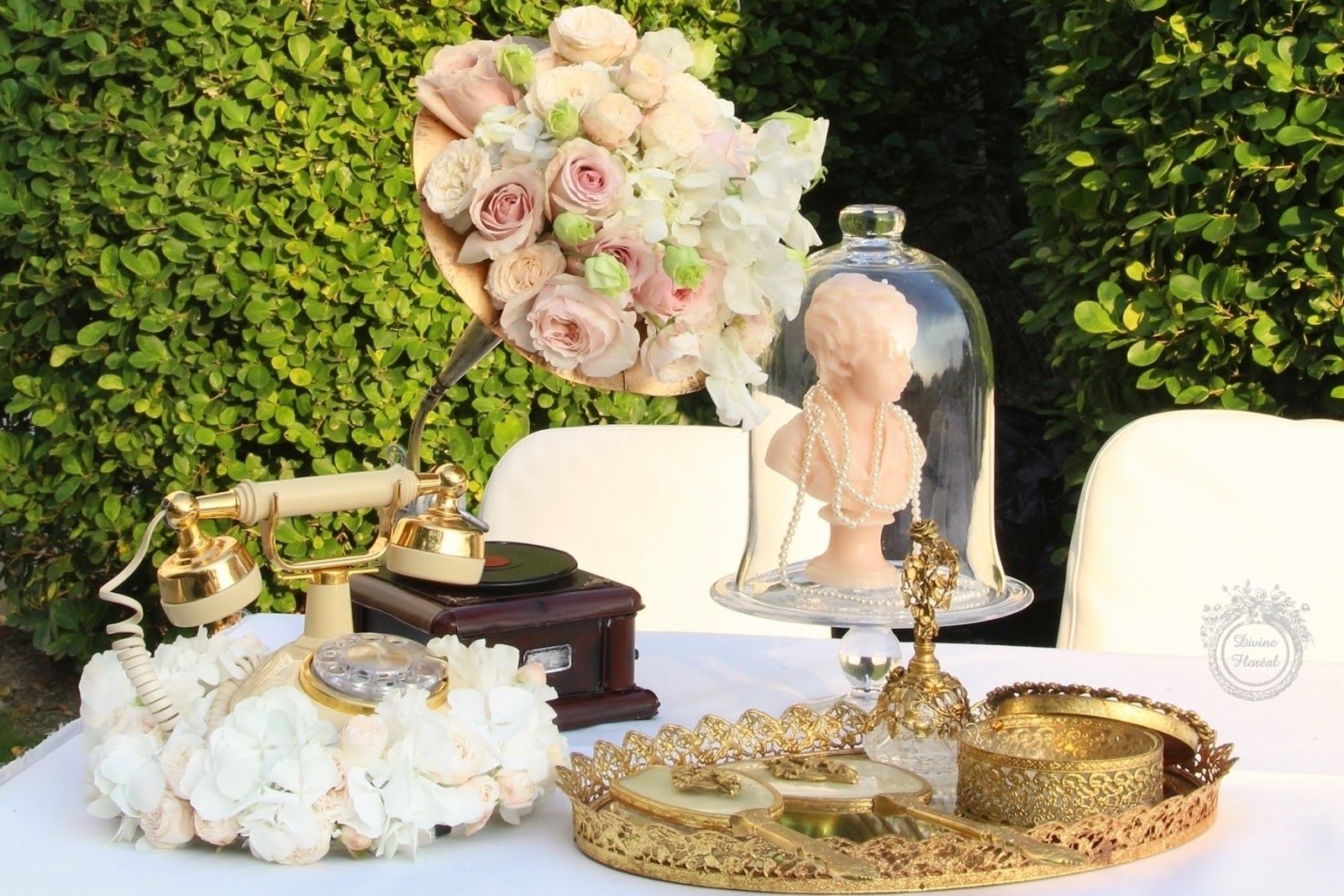Adoption
The Process and Benefits of Adoption
Sisters are different flowers in the same garden.
unknown
All of my memories from my first five years are hazy. Happy, loving, kind, yet hazy. Like the life I was meant to grow up in was hidden. I could barely see that life, but I could see more and more with each addition to my family. First Madeline came when I was two, almost three, and that made life clearer. I could barely make out the happiness, love, and family that was hidden away. She was born prematurely and when I first saw her, Madeline was a small and precious soul and I knew I would take care of her no matter what. Madeline and I did everything together. Play at the park, swim, sled, dance, and so much more. She was my first taste of being an older sister and I loved it, our connection defies all laws. We had a couple of years together, just us, and my four older siblings, but they started to live on their own when Madeline was born. The next addition to our family came in late May 2005 when Madeline was two and I was five. Our parents sat us down at the table and handed us pictures of this adorable, chubby, Chinese baby. She was wearing a puffy yellow jacket and blue corduroy pants and was playing with a baby walker. This was her, my sister, and I fell in a deep love the second I saw these pictures. I was so excited to meet her!
They may not have my eyes, they may not have my smile, but they have all my heart.
unknown
International adoption is an amazing and fulfilling process for all involved, the birth mother and family, adoptive family, and most importantly the child. The process of adoption focuses on the child, their well being, what environment is best for them, which family will suit them best and provide the most enriching and nourishing life possible. While the happiness and safety of the child is paramount, the benefits of adoption reach all parties involved including: letting someone start or complete their family, allowing individuals the bliss of knowing a child they created will have an amazing opportunity to thrive, and giving the child a lifetime full of opportunity, love, happiness, and compassion. No individual is excluded in the extraordinary process of adoption.

Starting the adoption process lies within the birth mother and, if the situation permits, the birth family. The decision to give a child up for adoption is never easy. The bond that is formed comes naturally as it is metaphysical, and this decision, more often than not, comes due to the circumstances of the pregnancy. Rape victims, teenage pregnancy, single parents, and financial issues for families both nationally and internationally (are all reasons as to why a child may be put up for adoption (“Why Are Kids given up for Adoption?” Adoption There’s No Place Like Home). Coming to terms with the nature of the decision is difficult, with a reported 65% of birth mothers saying that they wish they could turn back the clock and 26% saying they sometimes wish they did not terminate their parental rights (AstridBeeMom. “Inside the Mind of a Birthmother – Results Are In!” Adoption & Birth Mothers – Building Bridges to Adoption Truths , 3 Feb. 2015,). Adoption is often a commitment made out of reason, regarding the situation, and knowing they could not properly care for their baby. However difficult the decision may be there are certain benefits the process brings for the birth mother such as, Higher educational aspirations, higher rates of finishing school, increased chances of delaying marriage and having more children as well as lower rates of divorce, higher chance of employment one year after the baby’s birth, and lower rates of poverty and living on state assistance (“Benefits of Adoption.” Adoption Choice, Inc.).
Families don’t have to match. You don’t have to look like someone else to love them.
Leigh Anne Tuohy
Mom walked through the arrival gate doors with a little baby strapped to her chest in the baby bjorn, dressed in a peach coloured jumpsuit and matching bucket hat. The baby girl took my breath away and brought tears to my eyes.
She was here Hanna-Lin Xia Su.
The newest addition to my family, my sister. Mom and Dad were crying as they embraced their family, their little girls. I was elated to be a big sister again. Hanna was taken out of the bjorn and with Mom’s help began to walk. Her little shoes squeaking with every step, all of our faces lighting up with a smile.
Life with just Madeline, Hanna and I was peacefully chaotic. Three little girls all in one house got crazy more often than not, but there were times when we were a simple family and our hearts came together as one.
Each day I had more love and happiness flow into my life, this was especially true when mom and dad told the three of us that we would be getting a new sister from China. They sat us down and handed us each a laminated sheet of paper upside down. “On three flip the paper,” they said, and on three we did. What my sisters and I saw was so special. It was our final sibling, the completion of our family. She looked very different from us, including Hanna, as she had cleft lip and palate, but she was beautiful nonetheless and she was my sister 110%. She already had a special place in my heart as my parents had made me aware that my youngest sister would be from the Waiting Child Program, an adoption program for children with physical and mental disabilities. I did not want a sister from the waiting child program because I knew how cruel people could be. I feared that she would be bullied endlessly because she would be so different, and it was because of this fear that I cried to my mother begging her not to adopt from this specific program. I’m not sure when but I came around realizing that my family would be her safe haven and no matter what the world threw at her, my sister would never feel unloved.
Family is not defined by our genes, it is built and maintained through love.
Amalia G.
The adoption process continues with the adoptive family, their decision to adopt and the process of adopting a child. Many families, ranging in form from single parents to families of six children, choose to adopt for a few reasons: the desire to provide a child with a family, help a child live a better life, infertility issues, and the pure desire to adopt a child (“Reasons To Adopt A Child.” Adoption Network).
The basics of the choice for adoption includes: choosing international or national adoption, which country to adopt from, which program, and the style. National or domestic adoption involves adopting a child from the current living country of the adoptive family. International adoption involves adopting a child from an international country, the range of countries varies constantly due to legislation regarding adoption in the country, social issues, and demand for children from a specific country. The most recent statistics from Stats Canada showed that in 2009 Canadian families adopted 2,127 children internationally, 22% from China, 12% from the United States, 8% from Ethiopia, 8% from Vietnam, and 7% from Haiti (“International Adoptions.” Statistics Canada, 7 Oct. 2016). Statistics from ABBA Canada (an association helping Canadian families fulfill their goal of adoption) show that the average rate of international adoption in Canada is 2,000 children a year (“Adoption Facts.” ABBA Canada). From 1999 to 2009 there were 21,000 international adoptions, 8,000 of those children were from China.
There are hundreds of programs and organizations across the world helping families realize their dream of adopting a child domestically and internationally, the choice of which program to follow is based on the beliefs, values, and desires of the adopting family. The two main styles of adoption are open and closed. Open revolves around the birth family being involved in the child’s life. This can be through emails, pictures, and visits with the birth family in order to maintain a relationship with the child. Closed adoption means that there is limited information about the birth family and there is no contact between the adopting family, including the child, and the birth family. After the decision has been made, and everything is approved, the process of physically adopting the child begins. Depending on the process, program, style, and all other factors decided during the deliberation process, the form of physical adoption changes from family to family. Some bring their entire family to the location of the adoption, some send one parent, and others send a caregiver.
The decision to adopt is complicated and filled with many steps, the act of adoption is also complicated, but it must be stated that no choice, decision, or action regarding the complete process of adoption is wrong. The experience is unique for every family and different for every situation. The adopting family will be guided through the process by the right people, whether they are personal friends or members of the programs and organizations the family has aligned themselves with. It becomes important to recognize that though the process is complicated, difficult, and tiring the benefits of adopting and welcoming a child into a family are endless. A few of those benefits include: the blessing of adding a child to the family, realizing and fulfilling dreams of raising a child, providing a warm home for a child, and (depending on the style chosen) the opportunity to form an everlasting bond with the birth family.

May 21, 2010 was one of the most spectacular days of my life, the day my family was complete. In the morning dad took Madeline, Hanna-Lin and I to Calgary International Airport. Mom was coming home from China and she was bringing a blessing with her. We were waiting at the base of two escalators in the arrivals gate. At first it was just dad, my younger sisters and I waiting, then more and more people came to celebrate. Craig, Darren, and Alicia, three of my older siblings who lived in the city were there. Brad, my fourth older sibling who lived two provinces away and drove to Calgary, was there. Family friends and her Godparents, all nine of them, came to meet her for the first time. She knew how to generate an audience, even as a fourteen month old baby. The large crowd talked about her and mom, what she would look like and how excited we all were to welcome her into our lives. I could not wait to see her, for I had loved her the moment mom and dad broke the news that she would be my sister.
Then I saw mom’s deep red hair peer up at the top of the escalator, it was them! As she came down all eyes were fixed on the most precious soul that ever lived..
It was her. Lily Wei Mei Yan.
Mom made her way down to where we were all waiting and immediately hugged dad. That was one of the few times I have seen dad cry. I noticed, when she stepped on to the escalator, mom was crying as well. Those tears full of so much love and adoration. Their family was complete and all eight of their children were together for the first time. Lily was taken out of her baby bjorn and given to dad to be held. She was dressed in pink from head to toe. Pink bucket hat, pink t-shirt, pink capri pants, pink socks, and pink sandals. Mom said it was so people would know she was a girl and her hair was in a buzz cut so she would not contract lice. Mom hugged my little sisters and I next and introduced us to Lily. I fell more and more in love the longer I looked at her. Mom made her rounds saying hello and hugging everyone who came to welcome her and Lily home.

The entire adoption process revolves around one key aspect, the child being adopted. Throughout this article it has been mentioned repeatedly that both the birth family and the adoptive family make their respective decisions out of love for the child and a desire to grant them a better life. The adoption of a child is one decision that will greatly impact all aspects of their life and is often done without the child’s direct involvement. Due to this there are requirements of adoptive families, in Canada set out by the province where the adopting family resides. Also there is a home study conducted by the agency, which includes: evaluation of the home, interviews of all members of the immediate family and those living in the house, paperwork that is filled out. If the adopting family consists of two parents, by both parents, together and alone, which details a personal history of the parent, including: how they were raised, issues they faced as a teen, their current parenting style, and much more. All of this is done with the child’s safety, well being, and life in mind, as they are the aspect to which the process is built around. Once a child has been matched with their forever family and has physically been adopted their life begins and is filled with love, compassion, kindness, opportunity, and family. The benefits do not stop there, however, they truly are endless and often change depending on the life granted to the child. A few standard benefits include: being raised by a family that has planned for years to raise a child, a safe and stable environment to grow, access to financial resources needed to provide for opportunities such as post-secondary education, the knowledge that they are with a family who loves them unconditionally and a birth family who loves them so much they wanted their child to have a life of opportunity and freedom that might not have otherwise been provided for them (“Benefits of Adoption.” Considering Adoption)
Adoption is not about finding children for families, it’s about finding families for children.
Joyce Maguire Pavao
Hanna has been my sister for twelve years, Lily for seven, and every second of it has been wonderful, I could not imagine my life any other way. Adoption has blessed my life in ways I could never imagine as the bonds I share with all of my sisters goes beyond reason and explanation. In conversations I’ve had with Hanna she has told me that she feels lucky to have been adopted, that the country she lives in now has granted her freedoms and opportunities she might have never had if she was not put up for adoption or never adopted. She has gone on to tell me that she feels loved, accepted, and safe being part of our family and that our family is the best benefit of her adoption. I can say on behalf of my entire family that adoption is one of the most beneficial experiences of our lives.
Sources
“Reasons To Adopt A Child.” Adoption Network, adoptionnetwork.com/reasons-to-adopt-a-child
“Benefits of Adoption.” Adoption Choice, Inc., adoptionchoiceinc.org/are-you-expecting/benefits-of-adoption/
“Adoption Facts.” ABBA Canada, www.abbacanada.com/page.aspx?pageId=4
“International Adoptions.” Statistics Canada, 7 Oct. 2016, www.statcan.gc.ca/pub/11-402-x/2012000/chap/c-e/c-e02-eng.htm
AstridBeeMom. “Inside the Mind of a Birthmother – Results Are In!” Adoption & Birth Mothers – Building Bridges to Adoption Truths , 3 Feb. 2015, www.adoptionbirthmothers.com/inside-the-mind-of-a-birthmother-results-are-in/
“Why Are Kids given up for Adoption?” Adoption There’s No Place Like Home, depts.washington.edu/triolive/quest/2007/TTQ07039/whyarekidsgivenup.htm+
“Benefits of Adoption.” Considering Adoption, consideringadoption.com/pregnant/is-adoption-right-for-you/benefits-of-adoption
My Parents
My Sister: Hanna-Lin













